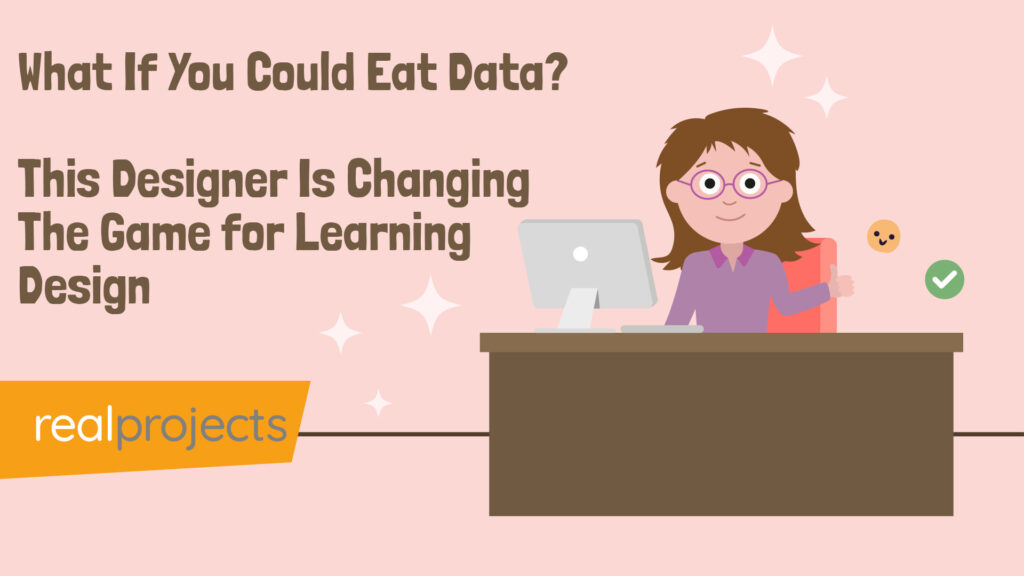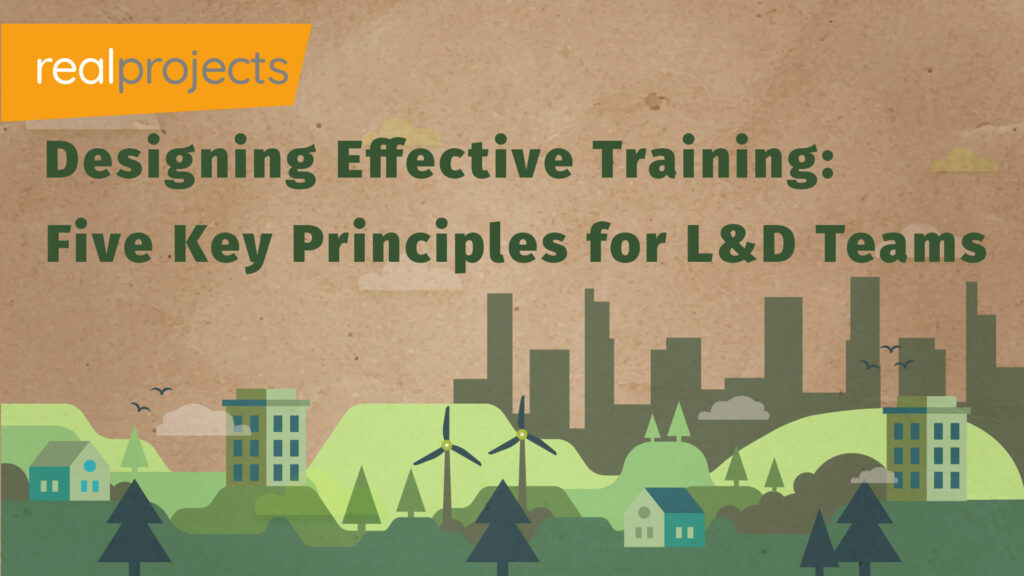A well-designed elearning content library boosts training efficiency, improves engagement, and aligns learning with organisational goals.
Whether you are starting, already have a content library or have something in place that doesn’t appear to be performing well in this article we’ll look at some of the steps you need to consider.
You’ll be working with your content library each day, but taking a strategic view will improve your chances of success. If you just buy, upload and leave you are likely to fail.
Your content library is a strategic tool that can save costs, you need to spend time speaking to your stakeholders and keep talking to them, keeping them informed. That isn’t just the users, it’s the CEO, HR Teams, CFO and CIO.
The massive mistake made by L&D teams is that they think they need to be experts on everything from Data Analytics to AI.
The Basics
Think of an elearning content library as a centralised hub for training resources. It can include multimedia, quizzes, and customised content to support organisations in training employees, volunteers, or students.
Building a library involves assessing current resources, understanding your audience, choosing the right platform, and creating or buying engaging, diverse content.
If you think you can just dump a few old training files on the intranet or sharepoint drive, then you are going to fail. You need to work through this strategically – but this doesn’t mean you need to be slow.
How Do You Create An Elearning Content Library?
Think about this.
Your organisation decides to invest in improving employee training or scaling knowledge across a diverse audience. You might have offices around the world, or a different challenge.
Perhaps it’s employees, students, or volunteers.
The goal? Create an elearning content library—a resource hub it could be serving multiple sectors, from businesses. You might be looking for your library to support your charity, schools, college or university.
The size and scope of your library can vary massively.
There’s no fixed rule about how many resources you need to create a valuable library.
If you’re doing any kind of training, you likely already have some resources that can act as your starting point.
The key is to plan carefully: assess what you have, identify your gaps, and map out how to get from your current state to your ideal library.
Why does this matter? Consider these statistics:
- 60% increase in learner engagement when using interactive and multimedia-rich content. (Source: elearning Industry, 2023)
- Organisations report a 40% reduction in training time with microlearning modules. (Source: ATD Research, 2022)
- Adaptive learning systems improve training efficiency by 30-50%. (Source: Docebo, 2023)
- Aligning content with user needs increases knowledge retention by 20-30%. (Source: Journal of Educational Psychology, 2021)
- Companies with optimised elearning libraries save an average of 25% on training costs annually. (Source: LinkedIn Learning, 2022)
- 52% of employees prefer on-demand learning to scheduled training sessions. (Source: CIPD, 2023)
- Use of mobile-optimised libraries has boosted user satisfaction scores by 45% in global organisations. (Source: Statista, 2023)
These numbers highlight the transformative potential of a well-designed elearning content library.
But where do you begin?
Libraries vary widely in size, format, and purpose.
Often, you already have training documents, team presentations, or recorded webinars that can form the foundation of your library.
But as we’ve said earlier, don’t think that you can just collect all of the training material that you have, upload and leave them. This won’t work!
Step 1: Assess Where You Are
The first step in building an elearning content library is to understand what you already have.
Most organisations aren’t starting from scratch—they just don’t see their current resources as a library yet.
- Review Existing Resources: Training documents, team presentations, or recorded webinars can become your first content pieces. Gather everything, even if it’s scattered across different platforms.
- Ask Key Questions:
- What resources exist, and what’s missing?
- Who needs this content, and what formats suit them best?
- Where do we want this library to take us in terms of capabilities?
Begin by considering your audience: are you a small business, a large multinational, school, college, university, charity?
The answers will shape the scale of your library.
Remember, deploying to thousands of people doesn’t necessarily mean you need thousands of resources.
Focus on content that delivers real value. Don’t forget that you’ll need to identify what value is. We’ll come to that later.
Step 2: Define Your Audience
Every great library begins with its users.
Think of a small local library versus a global archive—the needs and scale differ drastically.
- Small Organisations: For a team of 50 employees, the library might focus on day-to-day skills or role-specific training.
- Large Enterprises: Multinational companies with thousands of employees might require content in multiple languages and topics that span everything from onboarding to leadership development.
Understanding your audience ensures the library meets their needs, making it a valuable resource they’ll actually use.
Step 3: Choose Your Delivery Platform
How will your audience access the library?
Whether you use an LMS, LXP, VLE, or internal systems like SharePoint, it’s crucial to make content easy to access and navigate. Don’t dump and go. Categories and sub-categories are vital.
- Ease of Access: Can users log in easily from anywhere?
- Communication: Have you told your team about the new library? An unused library benefits no one. Are you getting out to meet people? Email, Webinars?
- Updates: How will you announce new resources? Monthly newsletters or homepage banners can keep users engaged.
When launching your library, treat it like a marketing campaign.
Promote it widely within your organisation, and provide regular updates on new content and features.
Step 4: Organise Your Content for Success
No one wants to dig through a messy library to find what they need.
Categorisation is critical. Imagine shopping online—you filter products by category, brand, or type until you find exactly what you need.
Your library should work the same way.
- Categorisation: Group resources by topics, departments, or even job roles. For example:
- Topics: Cybersecurity, leadership, customer service.
- Formats: Videos, PDFs, quizzes.
- Job Roles: Onboarding for new hires, advanced training for managers.
- Metadata: Label content with clear, searchable titles. Include keywords so users can find relevant materials easily.
Think beyond simply storing content. Use metadata to create a library that’s indexed, searchable, and user-friendly.
Step 5: Create Engaging and Diverse Content
What makes users return to a library? Content that’s relevant, valuable, and varied. Offer a mix of formats to keep your library dynamic:
- Short Videos: Perfect for quick tips or onboarding processes.
- Interactive elearning Courses: Engage users with quizzes, scenarios, and gamified elements.
- Infographics and PDFs: Great for quick reference guides or compliance summaries.
- Custom Content: Incorporate internal presentations, senior leader videos, or snippets from team meetings.
Don’t underestimate the value of internal content, such as team meeting highlights or leadership updates.
Tools like Opus Clip can help you create bite-sized, shareable snippets from longer videos.
Don’t underestimate the skills within your own team to create short videos or presentations.
Step 6: Launch Your Library with Impact
Launching your library isn’t just a one-and-done task. If no one knows it exists, your hard work could go unnoticed.
- Internal Marketing: Treat the launch like a campaign. Send out emails, post on internal platforms, and even host a launch event to showcase the library.
- Ongoing Communication: Don’t stop after the launch. Keep the momentum going with:
- Monthly emails featuring new content.
- Updates tailored for department heads, highlighting how the library supports their goals.
- Data-driven insights showing what content users are engaging with. You need to share this with Directors and Head’s. Share data that helps you build metric and allow CFO and CEO with ROI analytics.
Step 7: Maintain and Update Your Library
A stale library quickly loses relevance. Regular updates ensure your content stays useful and engaging.
Metrics can help identify what’s working and what’s not, enabling data-driven decisions for future updates.
Step 8: Align Content with Organisational Goals
Your library should align with your organisation’s strategic goals.
Meet with leaders like your CEO, CFO, or marketing director to ensure the content you include supports the company’s objectives.
Key Takeaways
Creating an elearning content library may seem daunting, but by following these steps, you can make it a success:
- Start with a clear plan (SMART) that builds on existing resources.
- Design with your audience in mind—think about their needs, preferences, and access points.
- Organise your library intuitively with clear categories and metadata.
- Include diverse content formats to keep users engaged.
- Launch with impact and market your library internally.
- Update regularly, using analytics and feedback to guide improvements.
- Align content with organisational goals for maximum value.
- Blend off-the-shelf and custom content for a well-rounded offering.
Q&A
How to create an engaging elearning?
Use real-world examples, interactive elements, and multimedia like videos and quizzes. Focus on clear learning goals, keep lessons short, and offer personalised feedback. Ensuring the content is relevant and visually appealing helps maintain interest.
What is an elearning library?
An elearning library is a centralised hub of training materials, including videos, quizzes, and interactive content. It supports organisations in training employees, volunteers, or students by providing easily accessible and diverse resources.
How to make e-learning interactive?
Incorporate quizzes, scenarios, and gamified elements. Use multimedia like videos and animations to engage users. Allow learners to make choices, solve problems, or explore simulated environments for active participation.
How to create digital learning content?
Start with clear objectives and understand your audience’s needs. Use tools like an LMS for delivery, and design content that’s visually appealing, concise, and interactive. Blend formats like videos, infographics, and interactive quizzes to suit different learning preferences.



